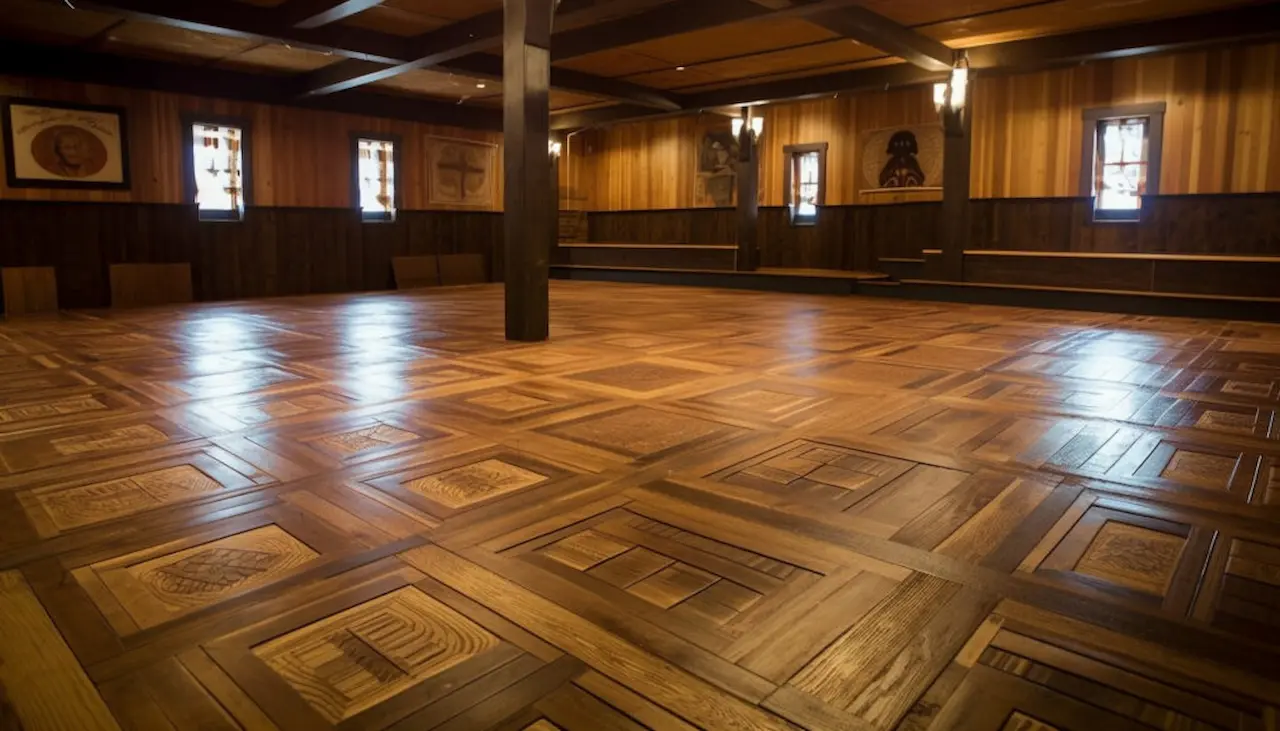Best Flooring for High-Traffic Areas: A Complete Guide
Introduction to High-Traffic Flooring
Choosing the right flooring for areas experiencing heavy foot traffic can feel overwhelming.
Picture a bustling family home with kids and pets running around or a vibrant commercial space constantly welcoming customers – these environments demand flooring that not only looks great but also stands up to the test of time.
Durability shouldn’t compromise on style, though!
This guide delves into the world of high-traffic flooring, empowering you to make informed decisions for your home or business.
Understanding Durability: What Makes Flooring Stand the Test?
Durability in flooring goes beyond simply withstanding footsteps. It’s a multifaceted concept encompassing several crucial aspects.
First, consider scratch and abrasion resistance. High-traffic areas demand materials that won’t easily dent or scuff from furniture legs, pet claws, or dropped items.
Look for floors with wear layers, often found in engineered hardwood, laminate, and luxury vinyl plank (LVP), providing an extra shield against daily wear.
Moisture resistance is paramount, especially in kitchens and bathrooms prone to spills.
Opt for waterproof options like LVP, porcelain tile, or certain types of natural stone.
Finally, impact absorption matters – areas with kids playing or active lifestyles benefit from flooring that cushions impact, minimizing noise and potential damage.
Top Contenders: Flooring Options Built to Last
Let’s dive into some superstar flooring materials perfect for withstanding heavy foot traffic:
Engineered Hardwood: A blend of real wood veneer layered over a stable core, offering timeless beauty with enhanced durability.
Laminate Flooring: Mimicking the look of hardwood or stone at a budget-friendly price, laminate is easy to maintain and comes in diverse styles.
Luxury Vinyl Plank (LVP): A waterproof champion replicating wood or tile aesthetics with exceptional realism and durability.
Porcelain Tile: Renowned for its longevity, porcelain tile is impervious to water damage, scratches, and stains.
Concrete Flooring: Sleek and industrial chic, polished concrete offers exceptional durability and low maintenance.
Installation Matters: Setting the Stage for Longevity
A well-installed floor performs better over time.
Begin with a solid subfloor to prevent future issues like unevenness or squeaking.
Allow your chosen material to acclimate to the room’s temperature and humidity for optimal performance.
While DIY installation is tempting, complex projects like tile or intricate hardwood patterns often benefit from professional expertise.
Maintenance: Nurturing Your Floors for Years to Come
Regular upkeep is your secret weapon against premature wear. Sweep or vacuum regularly to prevent dirt buildup.
Use area rugs in high-traffic zones to protect from abrasive action.
For hardwood, periodic refinishing breathes new life into floors, while LVP and tile require gentle cleaning with appropriate products.
Address spills promptly to prevent staining and damage – a small effort for significant long-term savings!
Long-Term Cost Considerations: Investing in Value
While upfront costs vary, remember that durability translates into long-term value.
A more expensive, highly durable floor might require less frequent replacement or refinishing, offsetting its initial price tag.
Factor in maintenance expenses – some floors need specialized cleaners or periodic professional care, influencing overall cost over time.
By considering both initial investment and ongoing upkeep, you can choose flooring that delivers lasting beauty without breaking the bank.
Prioritizing Safety: Slip Resistance for Active Spaces
Safety shouldn’t be an afterthought! In kitchens, bathrooms, and entryways, opt for flooring with good slip resistance.
Textured surfaces on tile, LVP, or even engineered hardwood with a satin finish provide better grip, reducing the risk of slips and falls.
Embrace Sustainability: Eco-Friendly Choices
Increasingly, homeowners and businesses seek sustainable choices.
Look for flooring with certifications like FSC for responsibly harvested hardwood or LVP crafted from recycled content.
These eco-friendly options contribute to a greener footprint without compromising on durability.
Conclusion: Choosing Wisely for Lasting Beauty
Selecting the perfect flooring for high-traffic zones is about finding the sweet spot between style, resilience, and your unique needs.
By understanding durability factors, exploring material options, prioritizing proper installation and maintenance, and factoring in sustainability, you can confidently choose a floor that will stand the test of time.
